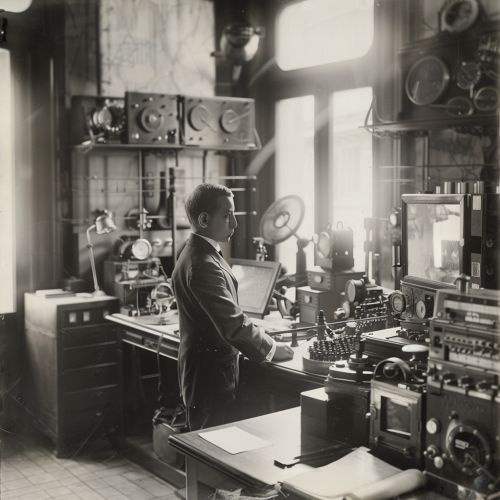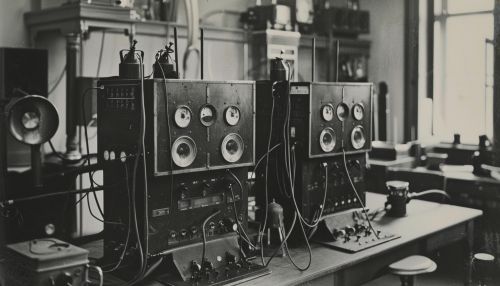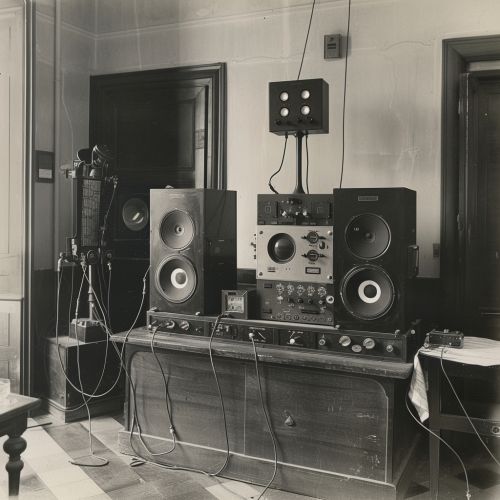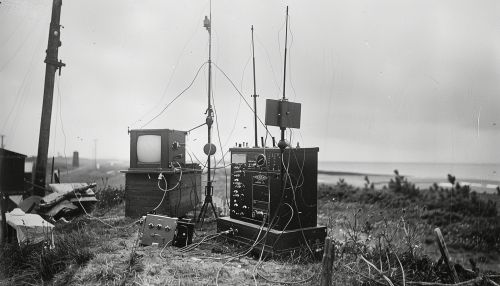Guglielmo Marconi
Early Life and Education
Guglielmo Marconi was born on April 25, 1874, in Bologna, Italy, to an Italian father and an Irish mother. His father, Giuseppe Marconi, was a wealthy landowner and his mother, Annie Jameson, was the granddaughter of the founder of the Jameson Whiskey distillery. Marconi did not receive a formal education but was tutored privately at home, where he developed an interest in physics and electricity.


Early Experiments with Radio Waves
In 1894, Marconi began experimenting with radio waves after learning about the work of Heinrich Rudolf Hertz, a German physicist who had first demonstrated the existence of electromagnetic waves. Marconi's early experiments involved sending radio signals over increasing distances. In 1895, he successfully sent a signal over a distance of 1.5 miles, a significant achievement at the time.
Development of Wireless Telegraphy
Marconi's early success with radio waves led him to develop a system of wireless telegraphy. He patented his system in 1896 in England, as the Italian authorities showed no interest in his work. Marconi's system of wireless telegraphy used a transmitter to send Morse code signals through the air without the need for wires or cables. This system was a significant advancement in the field of telecommunications and laid the groundwork for the development of radio broadcasting.


Marconi Company
In 1897, Marconi established the Wireless Telegraph & Signal Company in England, which was later renamed Marconi's Wireless Telegraph Company Limited. The company was dedicated to the development and commercialization of Marconi's wireless telegraphy system. The Marconi Company made significant contributions to the development of radio and television broadcasting.
Transatlantic Radio Transmission
In 1901, Marconi achieved a significant milestone in the history of telecommunications by successfully transmitting a wireless signal across the Atlantic Ocean. This transatlantic transmission disproved the belief that the curvature of the Earth would limit the transmission of radio waves. The success of this transmission demonstrated the potential of wireless communication on a global scale.


Later Life and Legacy
Marconi continued to innovate and contribute to the field of wireless communication throughout his life. He was awarded the Nobel Prize in Physics in 1909, shared with Karl Ferdinand Braun, in recognition of their contributions to the development of wireless telegraphy. Marconi died in 1937, leaving behind a legacy of innovation and invention that continues to influence the field of telecommunications today.
